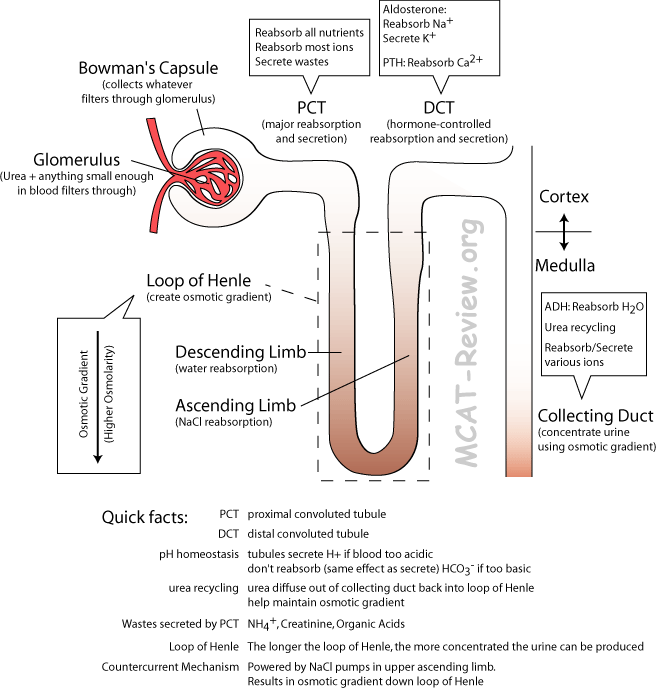
Loss of erythrocytes in the urine leads to the development of anemia.

Symptom may manifest macrogmaturia( urine visually has a red color) or microhematuria( outwardly the color of urine is not changed, but with microscopy it reveals an increased number of red blood cells). The third important diagnostic criterion is the periodic or permanent detection of blood in the urine. Such patients are helped only by representatives of the class of angiotensin-converting enzyme blockers. Its development is associated with excessive stimulation of the renin-angiotensin system, the hormones of which affect the level of arterial pressure.Ī distinctive feature of hypertension developing against the background of renal cysts is its malignant course and the ineffectiveness of many antihypertensive drugs. The second characteristic symptom of a kidney cyst is hypertension. The pains are localized in the affected lumbar region, and they can be either permanent or periodic. They force the patient to seek medical help from a doctor. The most common clinical sign of the kidney cyst is pain. Disturbance of blood circulation in the kidney with the development of foci of ischemia, the outcome of which is the formation of the cystic cavity.Hormonal shifts( elevated levels of estrogen and a decreased level of androgens in men provoke increased production of epidermal growth factor, which determines the development of the tumor).Dysplasia of connective tissue structures of the urinary system.Infectious-inflammatory diseases of the kidney.Other factors lead to the formation of acquired cysts.




 0 kommentar(er)
0 kommentar(er)
